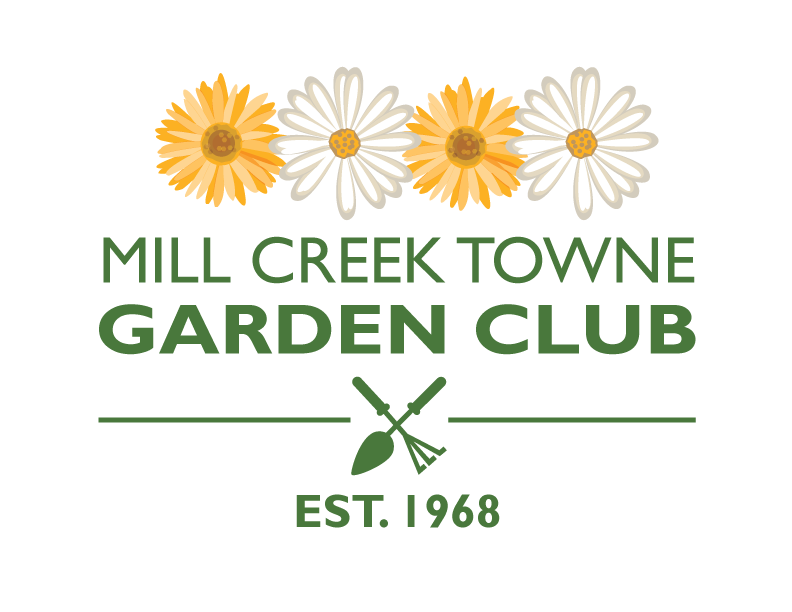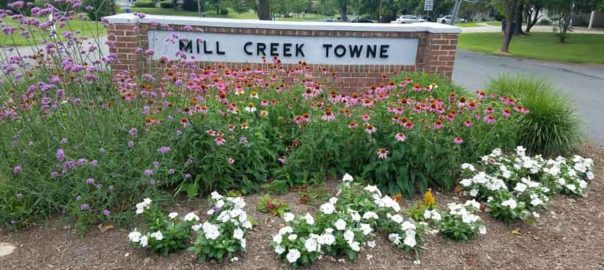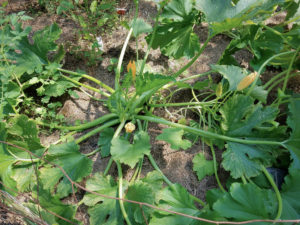Hello Friends, Neighbors, Fellow Gardeners,
It’s time to enjoy the summer crops from our gardens! Here are some garden tips, educational opportunities, and videos for July. There are some online events, check out U.S. Botanic Garden, Master Gardeners of Montgomery County, and Maryland Gardens. A lot of gardening events are announced on Facebook and we share them on our Facebook page as well as on our mctgardenclub.org website. Some upcoming events include In the Garden Q & A, Climate Change Workshops, A Common Sense Approach to Pest Control: Integrated Pest Management, and more.
- Peruse fall bulb catalogs.
- Plan who is going to water plants during your vacation.
- Plan where to plant your fall bulbs.
- Take photos and update your garden journal.
- Check out plants going on sale.
- As the heat and humidity move in, take it easy by working in the morning or early evening to avoid intense sun and humidity. Leave the big projects for the fall. For now, concentrate on maintaining the beds you’ve already established and nurturing your new plantings.
- Plan for 2021 with these Free resources: Landscaping with Native Plants by the Maryland Native Plant Society, Plant Invaders of Mid-Atlantic Natural Areas by the National Park Service, Master Gardeners of Northern Virginia Reading Room. Visit our Online Gardening Resources page for more helpful online resources.
- Buy a good gardening book or magazine subscription for a gift for your favorite gardener.
- Have a question about gardening? Check the University of Maryland Extension’s New Maryland Grows blog for garden tips.
Master Gardener Plant Clinics
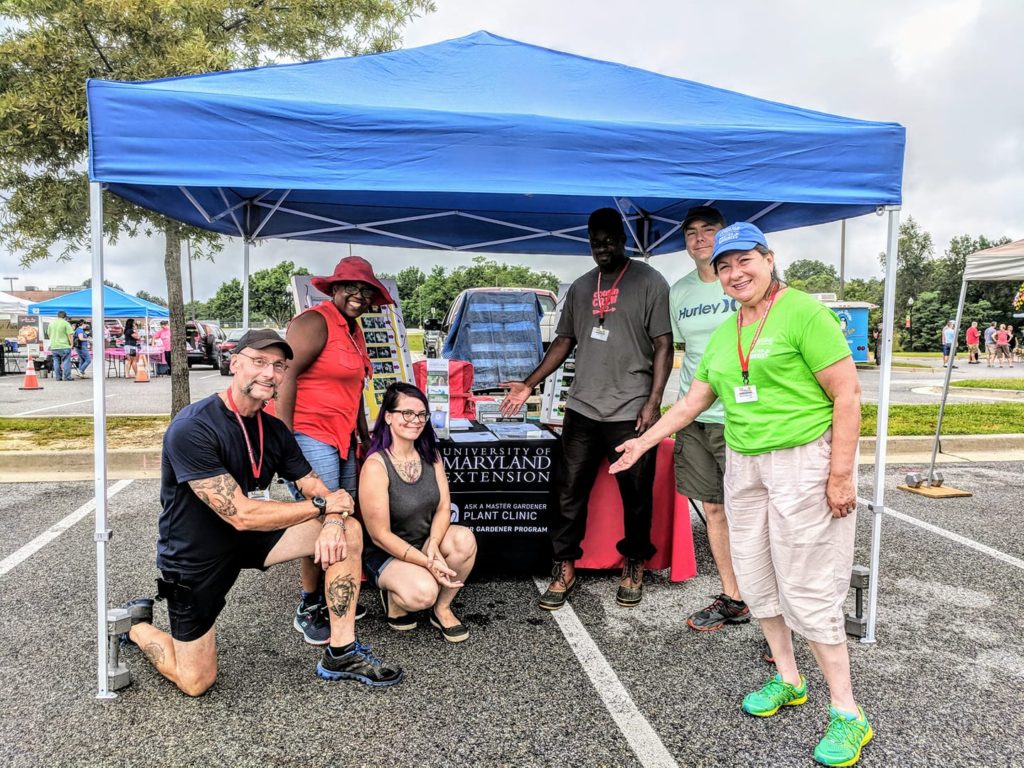
“Ask a Master Gardener” Plant Clinics are returning to several county locations in Maryland. Bring your plant and gardening questions and get answers from Master Gardeners trained by the University of Maryland Extension. Check out the details in your county: https://extension.umd.edu/programs/environment-natural-resources/program-areas/home-and-garden-information-center/master-gardener-program/local-programs
 |
|
What can Master Gardeners do for you?
- Help you select and care for annual and perennial plants, shrubs and trees.
- Determine if you need to test your soil.
- Provide you with information on lawn care.
- Identify weeds, beneficial and noxious insects, and plant diseases and remedies.
- Teach you how to use pesticides, mulch and compost.
- Guide you in pruning trees and shrubs.
- Provide you with options for managing wildlife.
- Provide you with gardening resources.
- Help you submit a plant sample for diagnosis
Plant Clinics are held at several sites in the county on a weekly basis and at special events such as garden festivals and the county fair. Regularly scheduled Plant Clinics are located at public libraries and farmers’ markets throughout the county as well as at the Audubon Naturalist Society in Chevy Chase. There are also clinics three days per week at Brookside Gardens. The busiest season is April through September, but some clinics are open year-round. Bring your plant samples and questions to one of these locations in Montgomery County, MD (see link below to find a location near you):
https://extension.umd.edu/mg/locations/plant-clinics
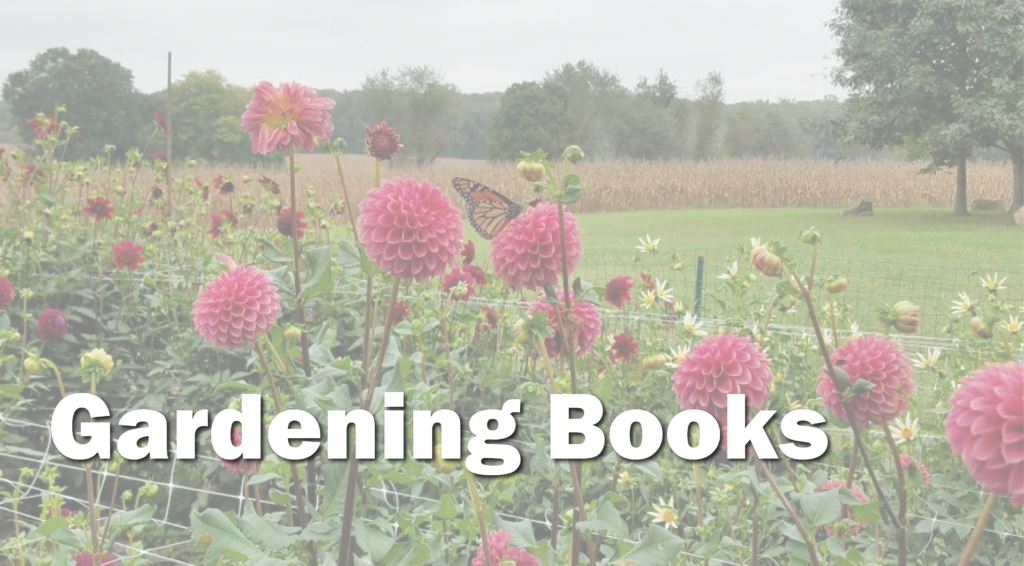
Online Gardening Resources


There are many resources for recipes to make from your garden crops including seed companies, local farms, and online recipe cookbook catalogs. If you grow vegetables, these are very useful resources as the recipes feature the very plant you are growing. Here are few links to recipes you can make from your garden crops
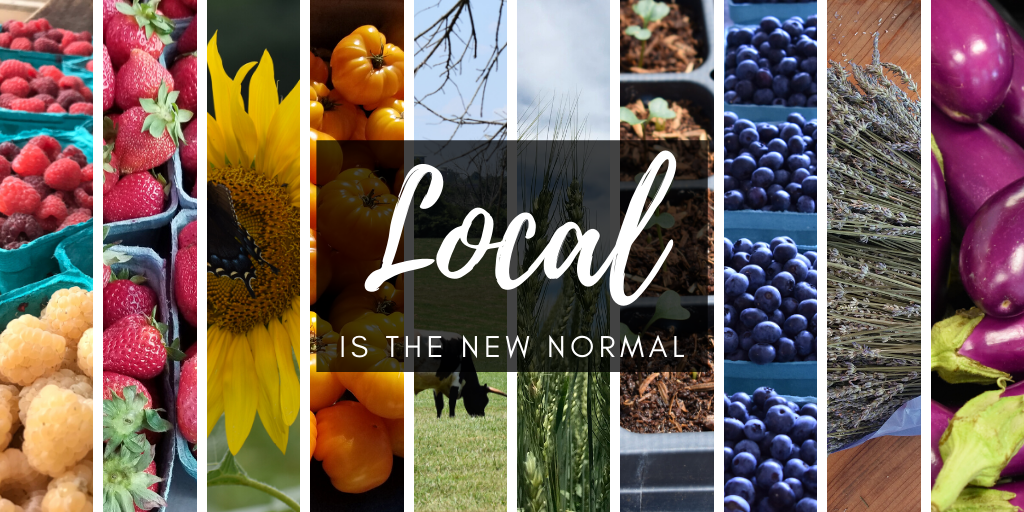
#LocalIsTheNewNormal #BuyLocal
- Support Our Local Farmers – Join a CSA and have fresh local produce delivered to you!
- Visit a local farmers’ market.
How to Support Farmers and Safely Shop at Farmers’ Markets

Montgomery County MD Food and Beverage Guide
The 2021 Montgomery County Online Searchable Food and Beverage Guide has arrived!
This year’s Guide lists over 70 MoCo Made food and beverage producers and farmers, with products ranging from honey to craft beverages to artisanal meats and more.

Download Montgomery County’s Office of Agriculture 2020 Farmers Market Flyer to find a farmer’s market near you.

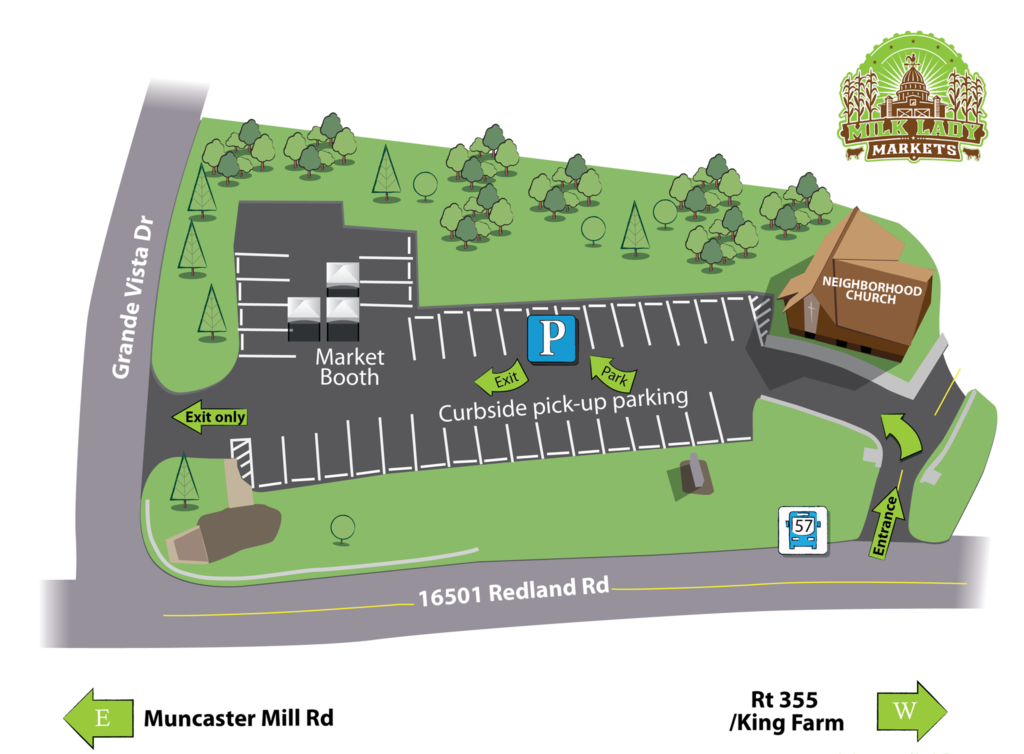
Support our local farmers! Shop at the #derwoodfarmersmarket!
Flowers and Groundcovers
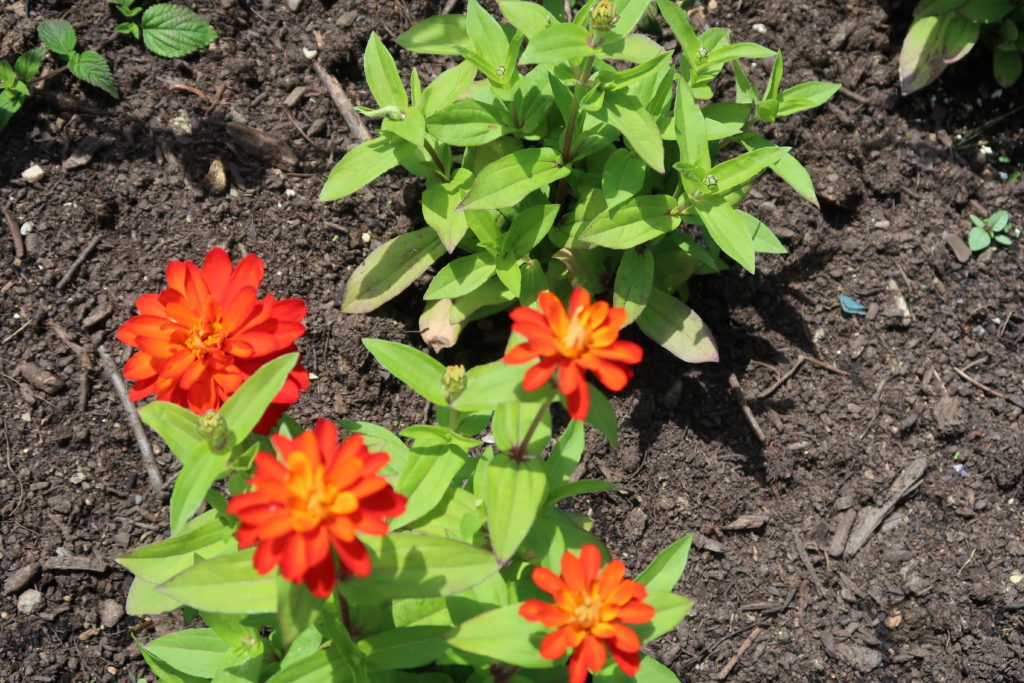
- Don’t fertilize plant that slow down in the heat, but keep them watered. Fertilize lightly plants that are blooming heavily.
- Cut back on spent stalks on common daylilies.
- Divide and cut back bearded iris.
- Pinch buds of fall-blooming plants (asters, mums, Joe-Pye weed).
- Deadhead spent flowers to encourage reblooming.
- Direct-sow annual flower seeds.
- Water transplants deeply when dry.
- Fertilize spring blooming bulbs after flowering.
- Stake tall plants.
- Pinch out growing tips of leggy plants.
- Pests to watch for: Aphids, 4-lined plant bug, spidermites, whiteflies, Deer, slugs, snails.
- Diseases to watch for: Powdery mildew.
- See UMD’s HGIC Garden Tips for more details.
- For a list of native plant resources, visit: https://extension.umd.edu/hgic/topics/native-plant-resources
Trees and Shrubs
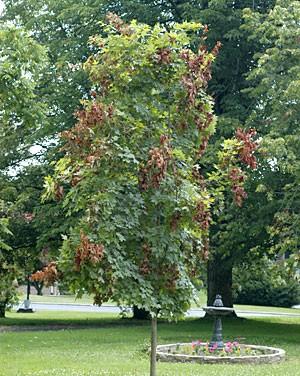
- The 2021 17-year periodical cicadas have finished the adult stage of their life cycle. Cicada eggs will hatch from late July to mid-August, depending on location.
- Branch dieback (flagging) is being observed now on trees and shrubs where eggs were laid. No action is necessary. Dead branches that you can reach safely can be pruned out at any time if desired.
Learn more: https://extension.umd.edu/resource/cicadas
Flagging damage on maple tree. Photo: David L. Clement, University of Maryland
- Prune foundation shrubs and trees to be no closer than 1 foot from the house.
- Prune and thin shrubs that have already flowered.
- Plant and transplant shrubs that have finished blooming.
- Water slowly and deeply if summer is very dry.
- Prune boxwoods.
- Prune damaged branches.
- If you MUST mulch: Remove old mulch and then add 2″-3″ shredded pine or pine needles, keeping 3″ away from trunk.
- Remove Ivy, Pachysandra, and other vine-like ground cover from under shrubs.
- Soil test established trees that have not been performing well.
- Put diseased leaves, pesticide-laden grass clippings and weed seeds out for recycling rather than the compost pile.
- Mulch or compost healthy leaves.
- Spray with dormant oil to decrease pest infestations.
- Remove dead and dying trees.
- Pests to watch for: adelgids, aphids, borers, azalea lacebug, caterpillars, Gypsy moths, Japanese beetles, leafminers, sawfly, scale, spidermites
- Diseases to watch for: Apple scab Cedar-apple, hawthorn or quince rust, Powdery mildew, Verticillium wilt, Oak leaf blister
- For more tips, see UMD’s HGIC Garden Tips for more details.
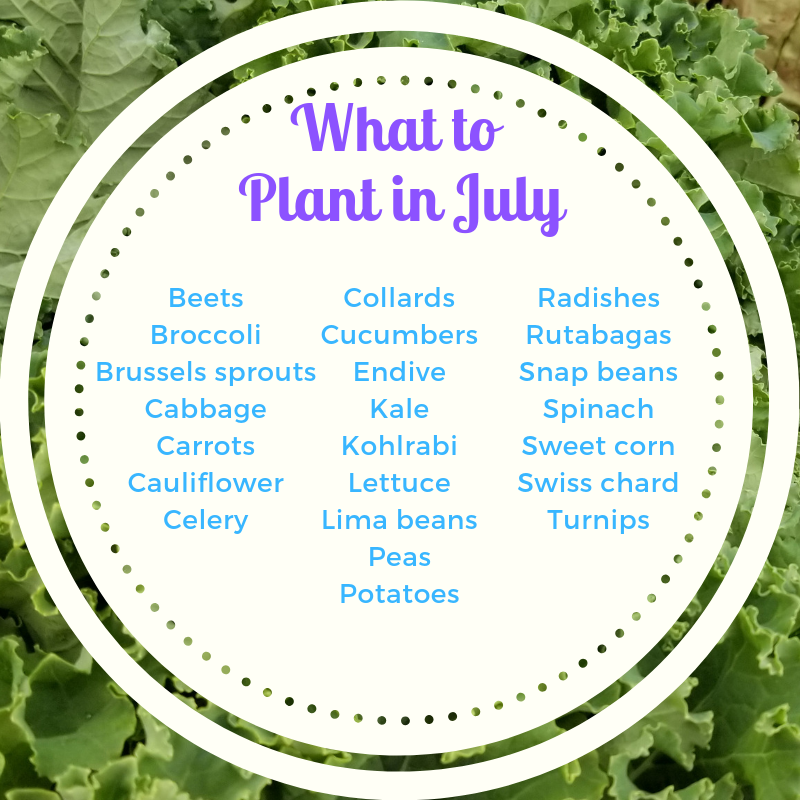
Herbs, Veggies, and Fruit
- Remove finished plants.
- Plant heat-tolerant vegetables (Malabar spinach, Swiss chard).
- Start planting fall crops.
- Put in supports for your tomato plants.
- Cover berry bushes and fruit trees with bird netting.
- Sow beets, beans, cucumbers, pumpkins, and squash for fall harvest.
- Keep new fruit plants watered.
- Keep all transplants watered deeply for 2-3 weeks.
- Harvest your herbs and keep them trimmed back to encourage leafy growth.
- Harvest strawberry beds daily.
- Apply dormant oil spray to fruit trees.
- Pests to watch for: Asparagus beetle, aphids, cabbage worms, cutworms, Deer, Japanese beetle, rabbits, woodchucks, birds.
- Diseases to watch for: Damping off of seedlings, Fireblight of pears and apples, Fungal, bacterial viral diseases.
- Here are some more UMD’s HGIC Garden Tips.
Lawns
- Mow in the early evening and cut off no more than one-third of the grass height at one time. Leave clippings on ground to provide nutrients.
- Water established lawns deeply but infrequently.
- Mow high to reduce weeds and stress: Fescue & Bluegrass: 3″ – 3 1/2″; zoysia grass at 2″
- To control crabgrass and broadleaf weeds, apply pre-emergent herbicide to lawn (when forsythia blooms drop).
- Dethatch if necessary and plug aerate BEFORE applying weed control.
- Reseed bare spots or overseed (through early April).
- Have soil tested (every 3 years minimum).
- Clean yard of all leaves and other debris.
- Turn your compost pile.
- The annual soil science calendars from the Natural Resources Conservation Service are both educational and beautifully done. The one for 2020 as well as those for previous years are available as free PDFs here: https://www.nrcs.usda.gov/wps/portal/nrcs/detail/soils/edu/?cid=nrcseprd1250008
- Diseases to watch for: brown patch, and red thread
- Pests to watch for: Grubs
- See UMD’s HGIC Garden Tips for more details.
Indoors/Houseplants
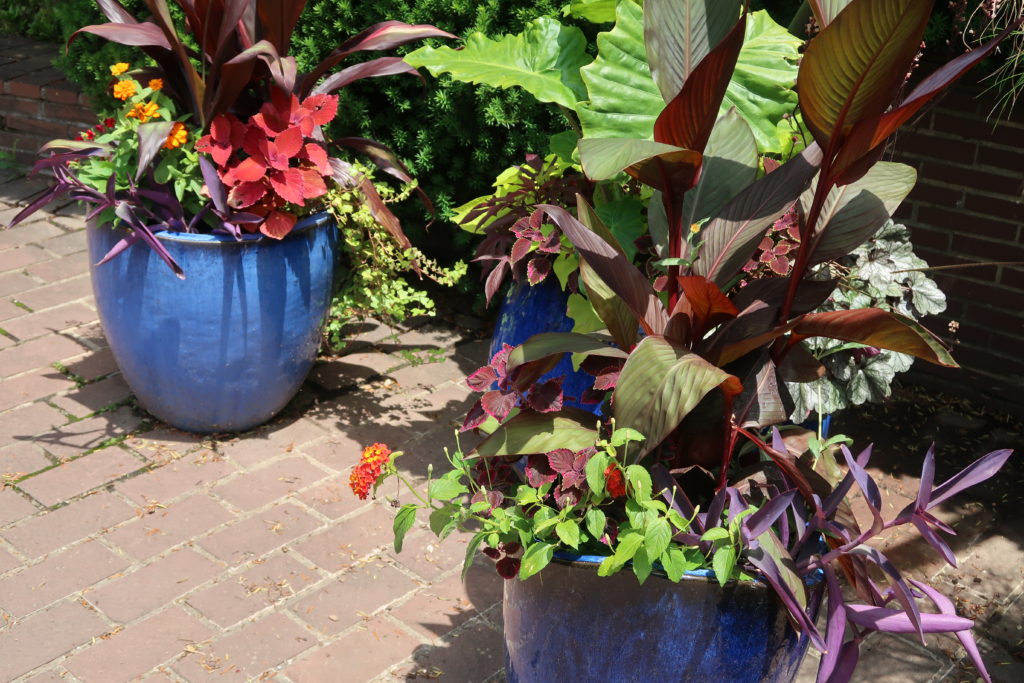
- Repot and fertilize houseplants when new growth begins.
- Check on your container plants daily and keep them well-watered.
- Rotate houseplants to promote even growth.
- Remove old leaves, damaged stems.
- Pinch out growing tips of leggy cuttings and plants that are overwintering.
- Clean the leaves of your indoor houseplants to prevent dust and film build-up.
- Pests to watch for: aphids, spider mites, mealybug, and scale
- See UMD’s HGIC Garden Tips for more information.
Indoor/Outdoor Insect and Wildlife Tips
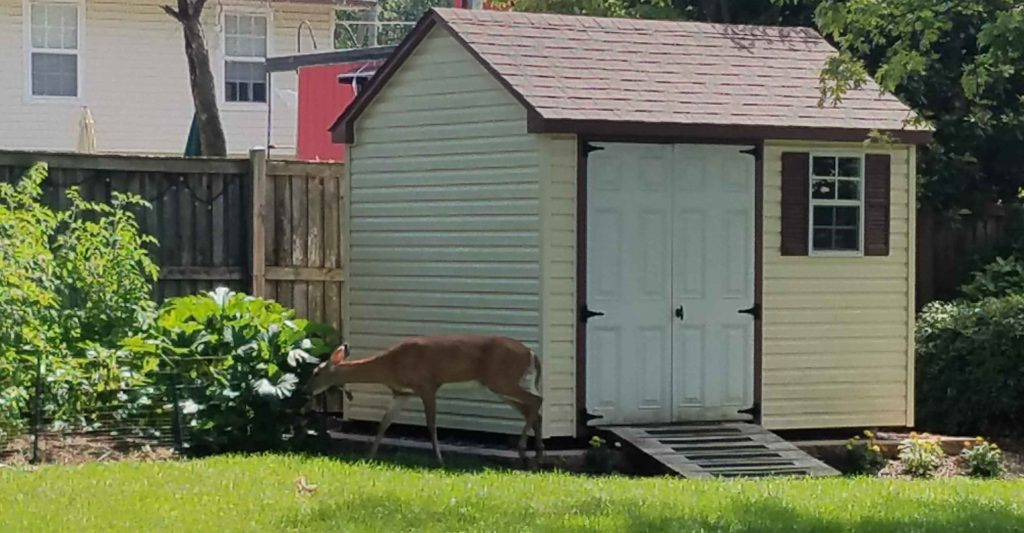
- Give your house plants a quarter turn every few weeks.
- Watch for insect and disease problems throughout your garden.
- This is the perfect time to apply grub control.
- Check your plants at night with a flashlight for any night-feeding insects like slugs.
- Remove old leaves, damaged stems.
- Put up birdhouses.
- Put suet out for birds.
- Keep bird feeders clean and filled.
- Switch your deer deterrent spray.
- Caulk and seal your outside walls to prevent insects and wildlife from coming indoors.
- Set out traps for mice, moles, and voles.
- Watch for: carpenter ants, flies, mosquitos, stink bugs, termites, rabbits, raccoons, groundhogs, deer, mice, moles, snakes, squirrels, and voles.
- For more information, see UMD’s HGIC Garden Tips.
Source: University of Maryland’s Home and Garden Information Center (HGIC) and the Washington Gardener.
Support Our Local Farmers – Join a CSA and have fresh local produce delivered to you!
CSAs are seeing record numbers of subscribers http://ow.ly/eiQT50zD5lW – find your farmer here: http://ow.ly/jbO250zD56M
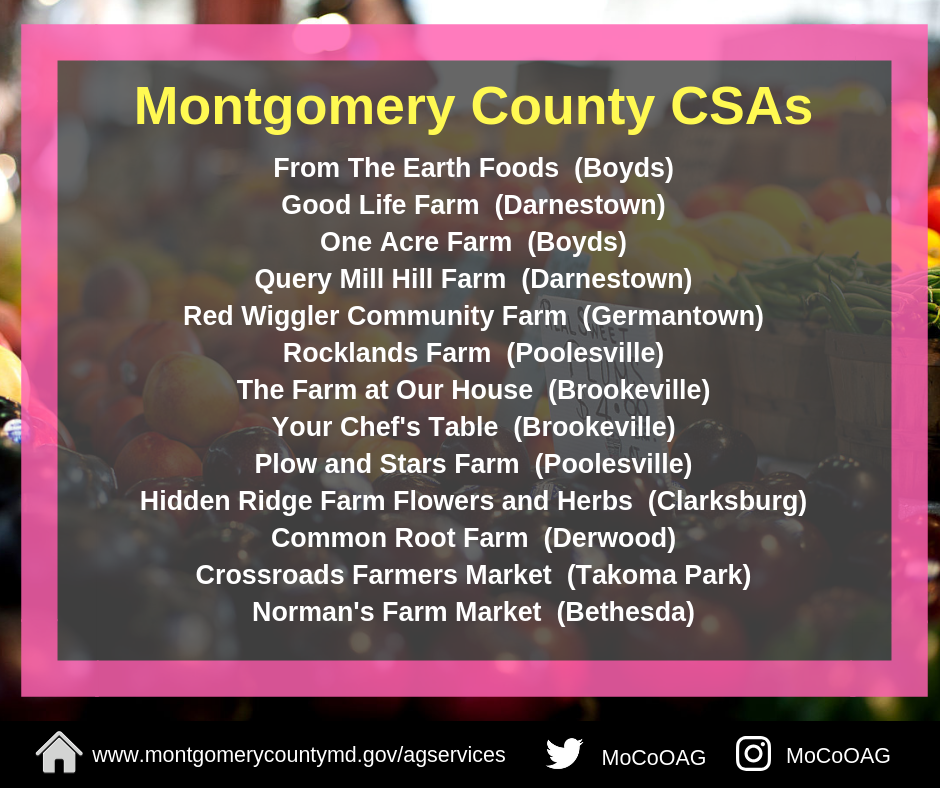
CSAs can take many forms, but essentially they are community supported farms in which members contribute to farming projects, usually by way of membership fees, in exchange for fresh, local produce. The concept came to the United States from Europe in the 1980s. They are a great way to take advantage of fresh, locally grown fruit, vegetables, herbs, and more while supporting nearby farms. Each one is different, some offer pickup locations in urban areas, some offer only farm-based pickups.
There are multiple CSAs located around the County offering a wide variety of products. CSAs begin taking sign-ups for spring and summer seasons in the early part of the year, and they tend to fill up FAST! Know of another CSA not on our list? Let us know! Montgomery Countryside Alliance also maintains a list:
http://www.mocoalliance.org/community-supported-agriculture.html
TUESDAY, JULY 20, 2021 AT 12 PM EDT – 1 PM EDT
In the Garden
Montgomery County Master Gardeners – Maryland
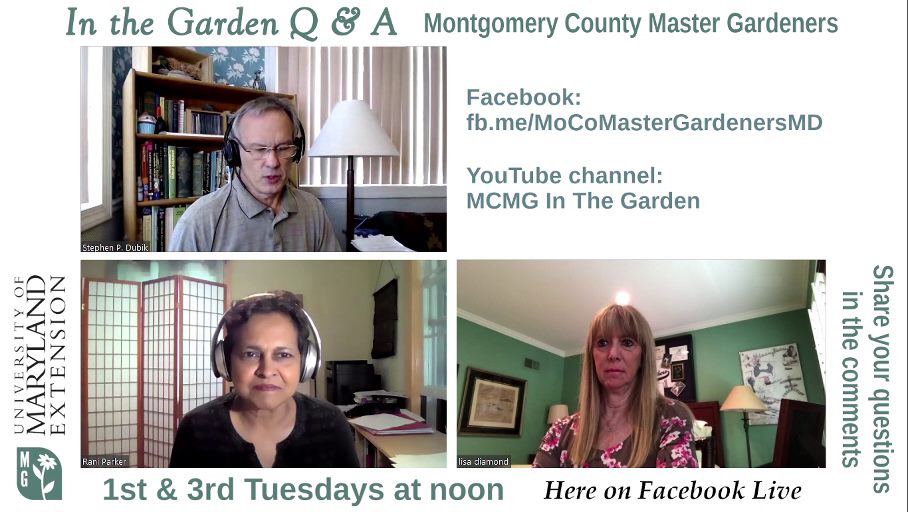
A Common Sense Approach to Pest Control: Integrated Pest Management

| July 20, 2021 | 7-8:30pm | Live Virtual Event | Free Is there something bugging you in your garden, but you don’t want to use chemicals to address it? Join UME Horticulture Educator Ginny Rosenkranz to learn about how you can use Integrated Pest Management (IPM) to control insects and diseases in your garden without pesticides and herbicides! |
Climate Change Workshops
University of Maryland
Every Other Wednesday, Jun 23 – Sep 15, 2021
4pm to 5:30pm EDT
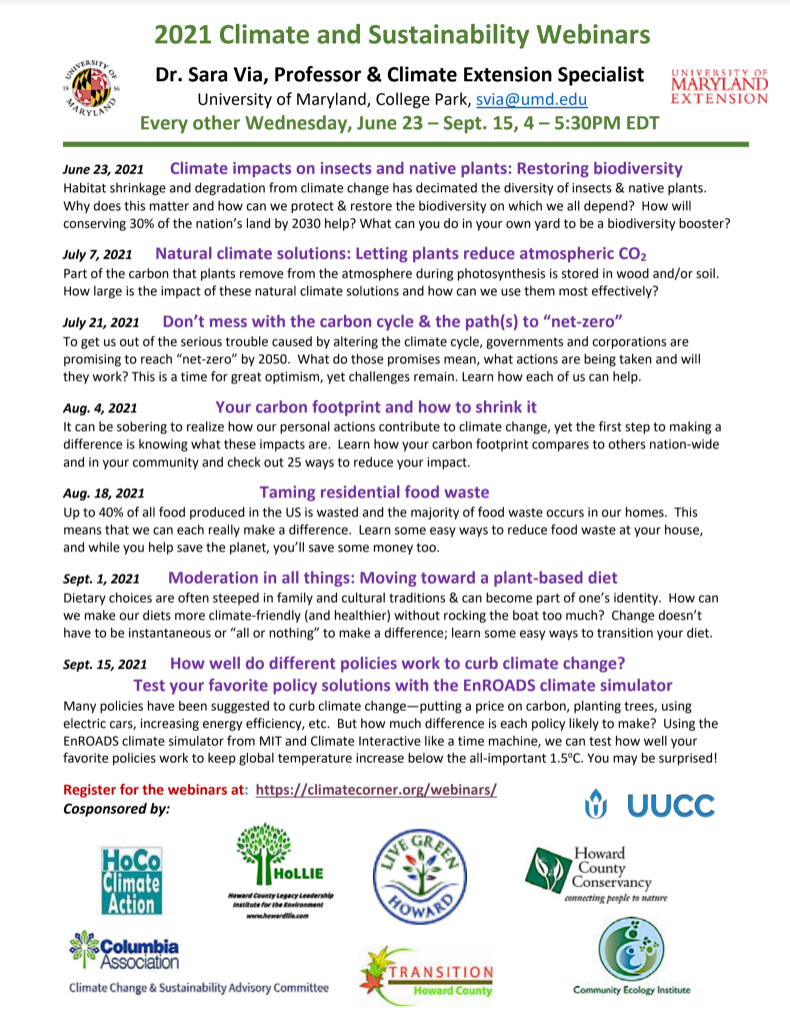
Dr. Sara Via, Professor & Climate Extension Specialist from University of Maryland, College Park is offering a series of free community-friendly climate change workshops. Learn more and register for some or all of them here: https://climatecorner.org/webinars/
